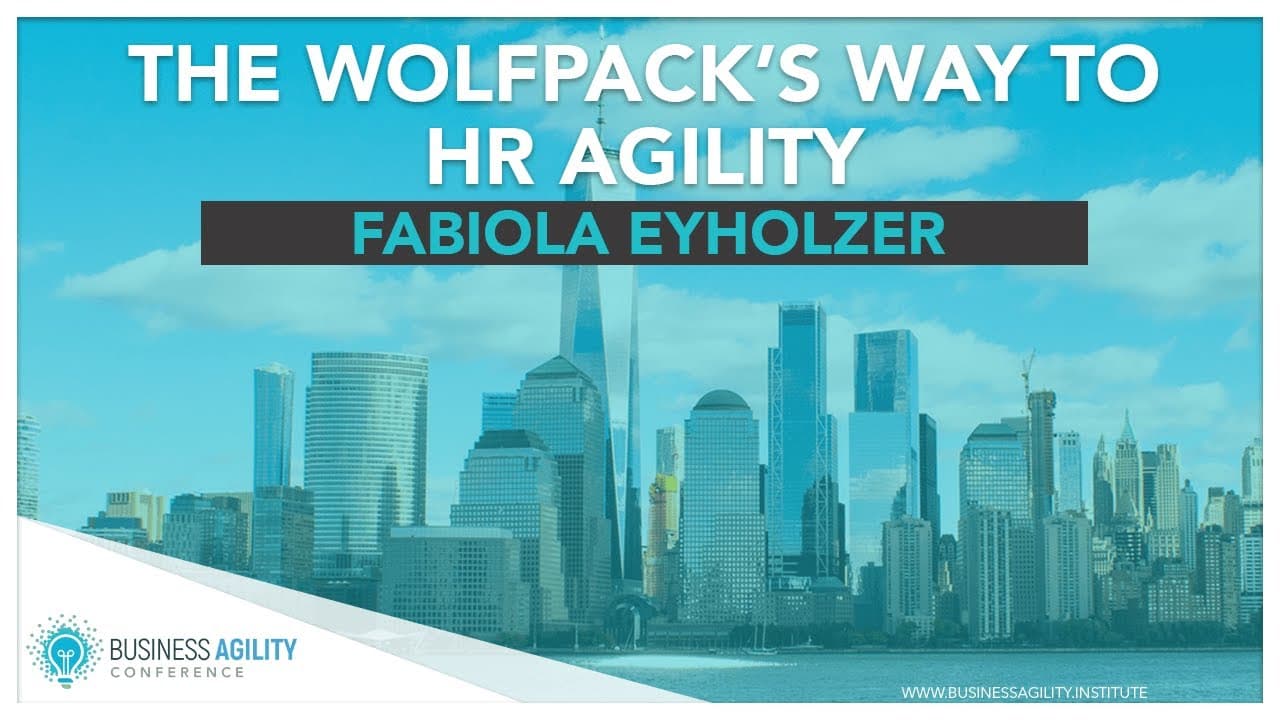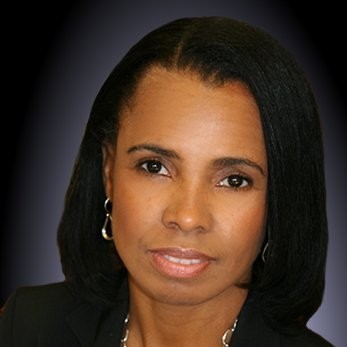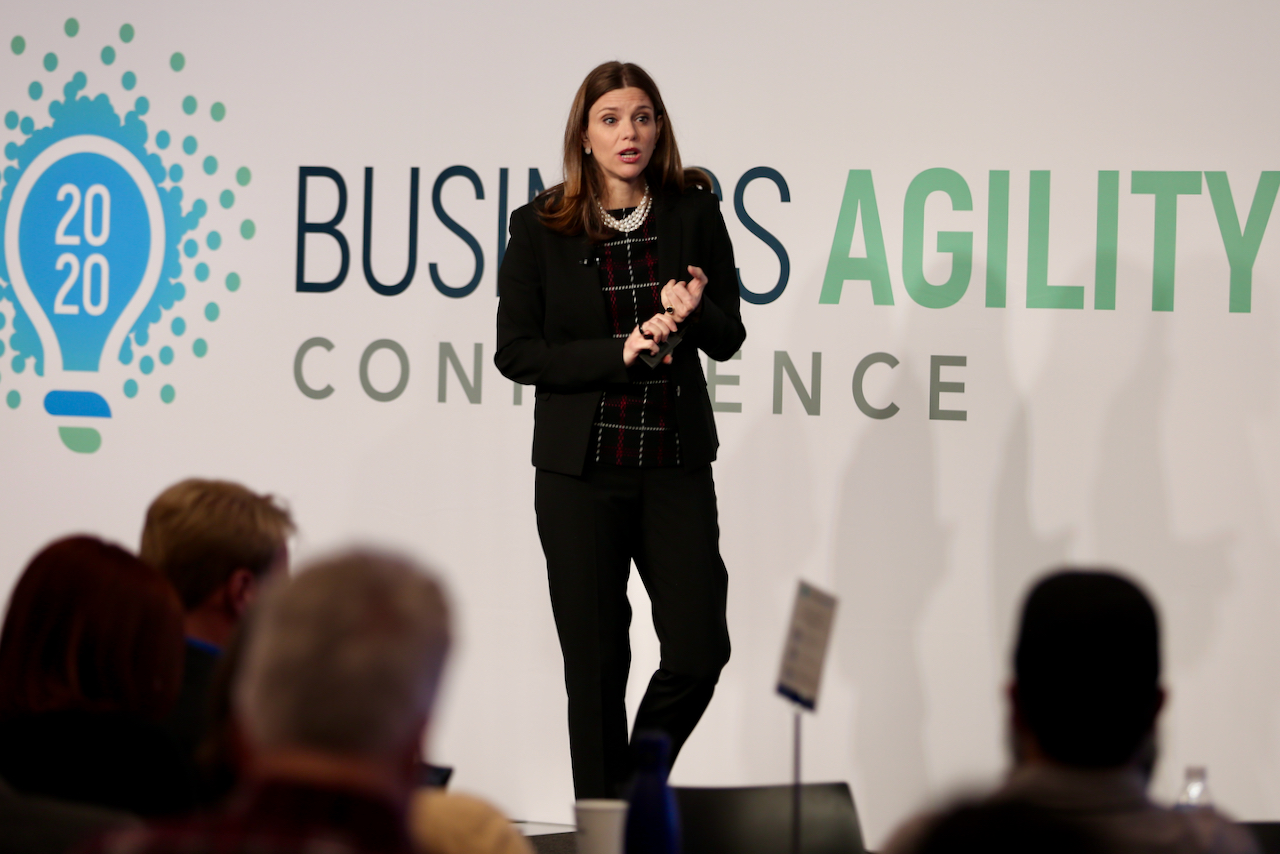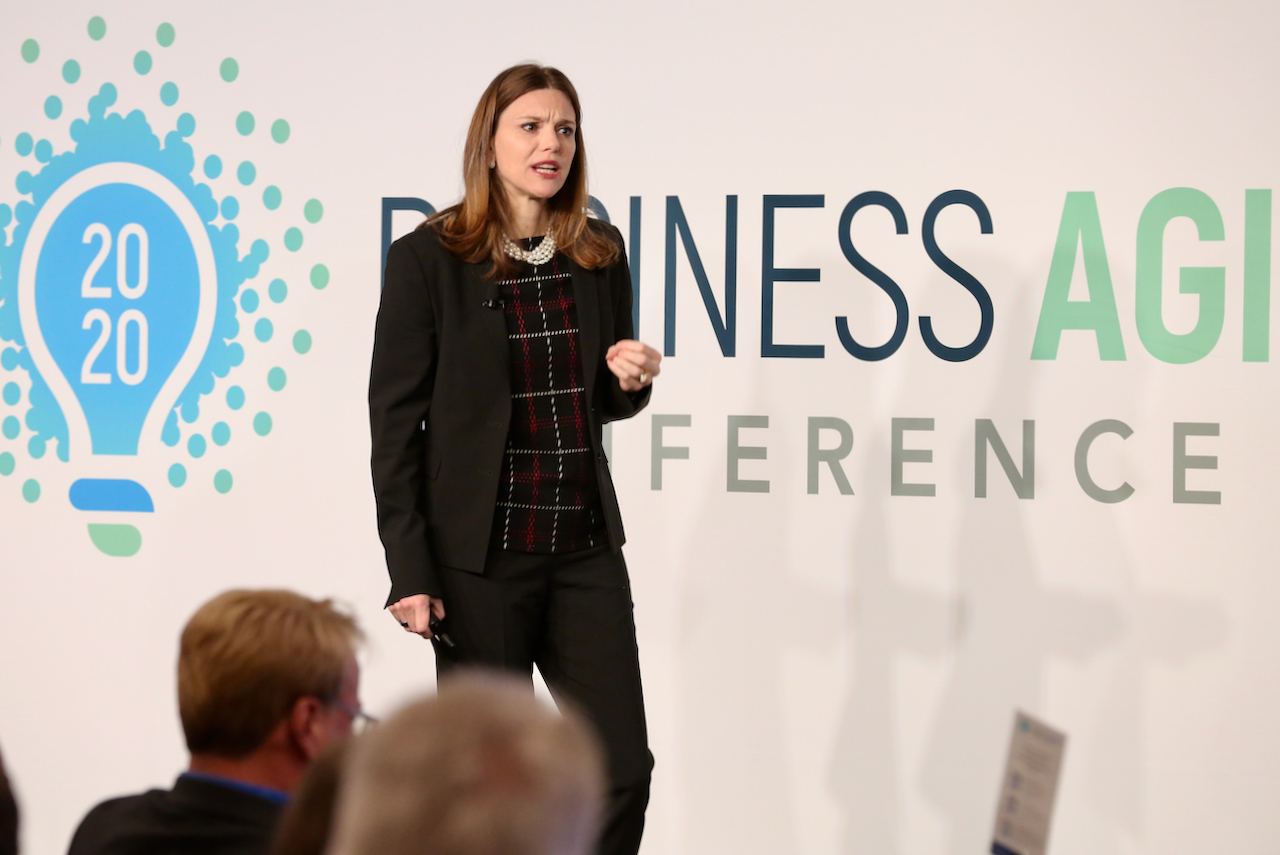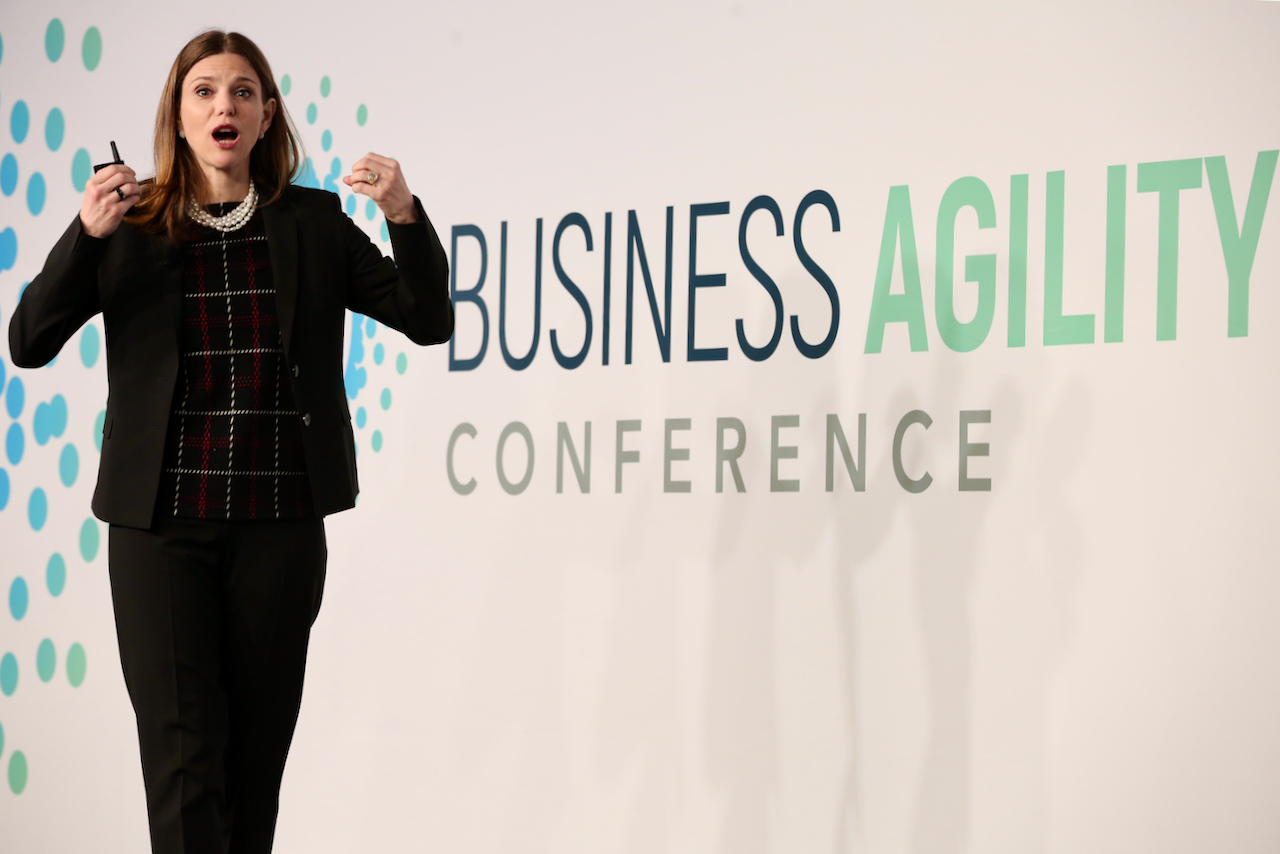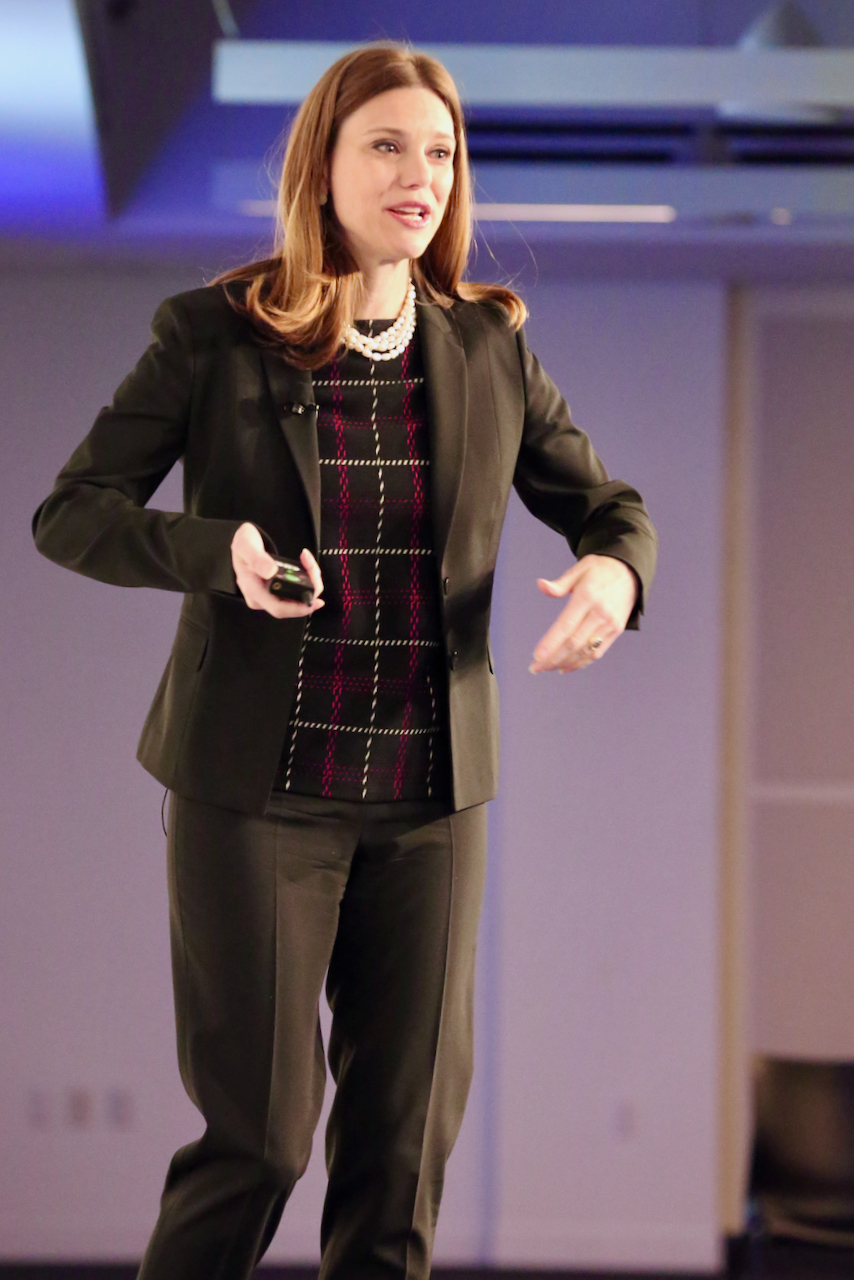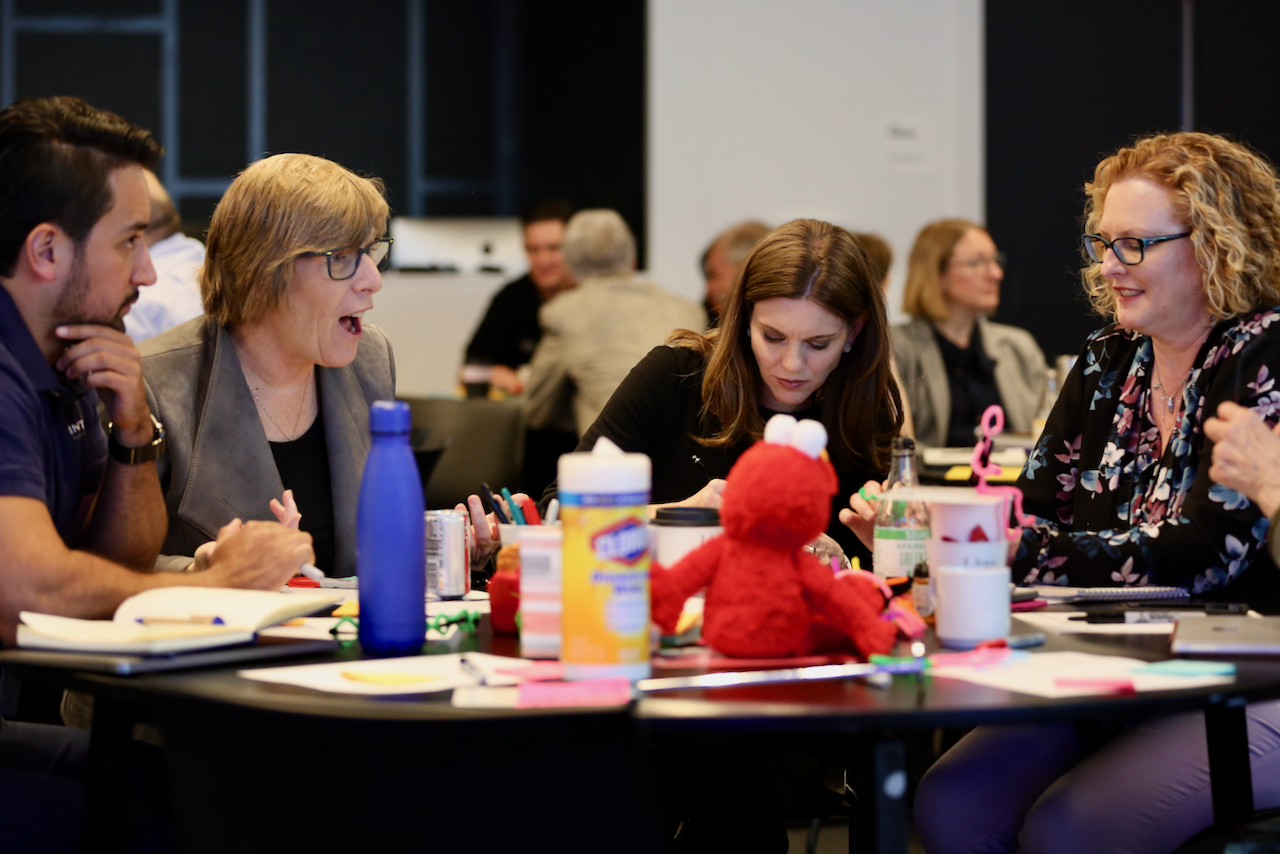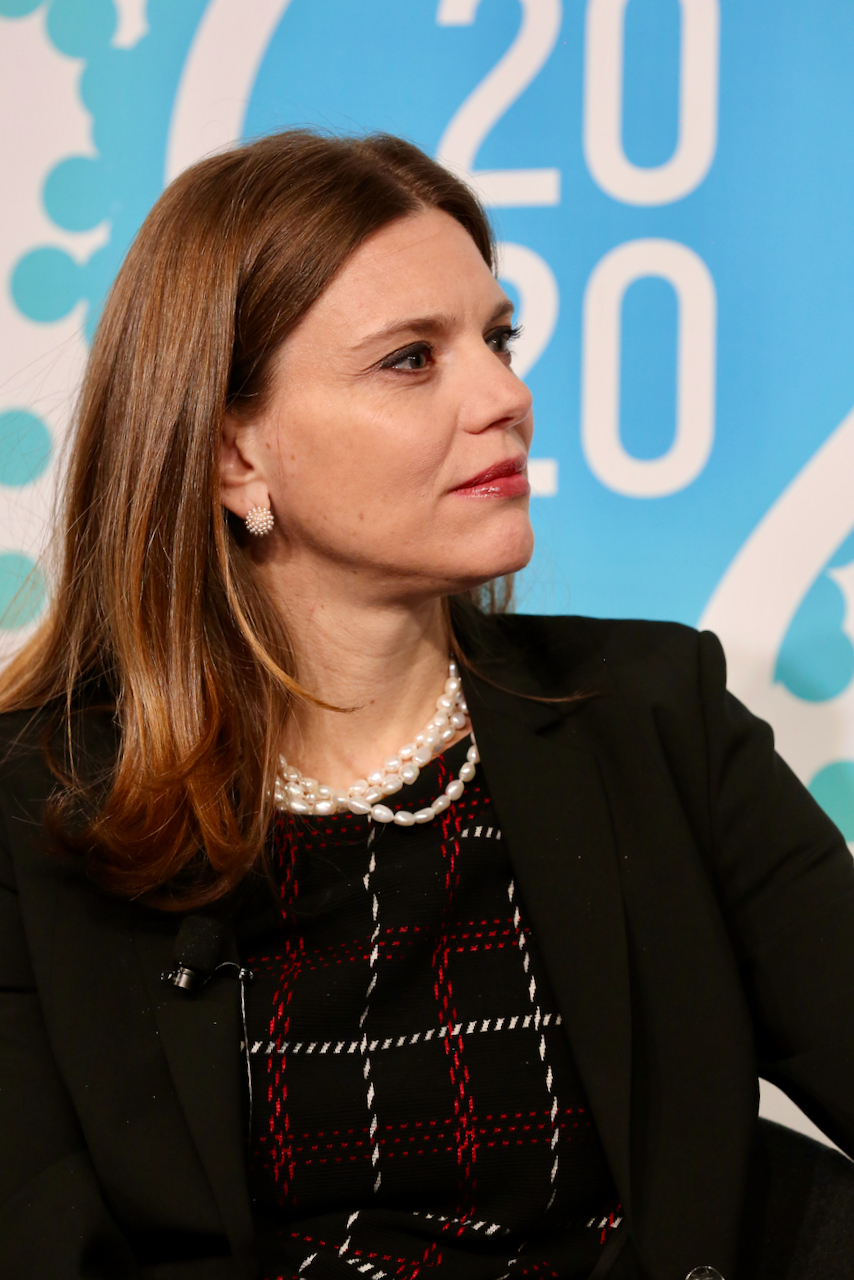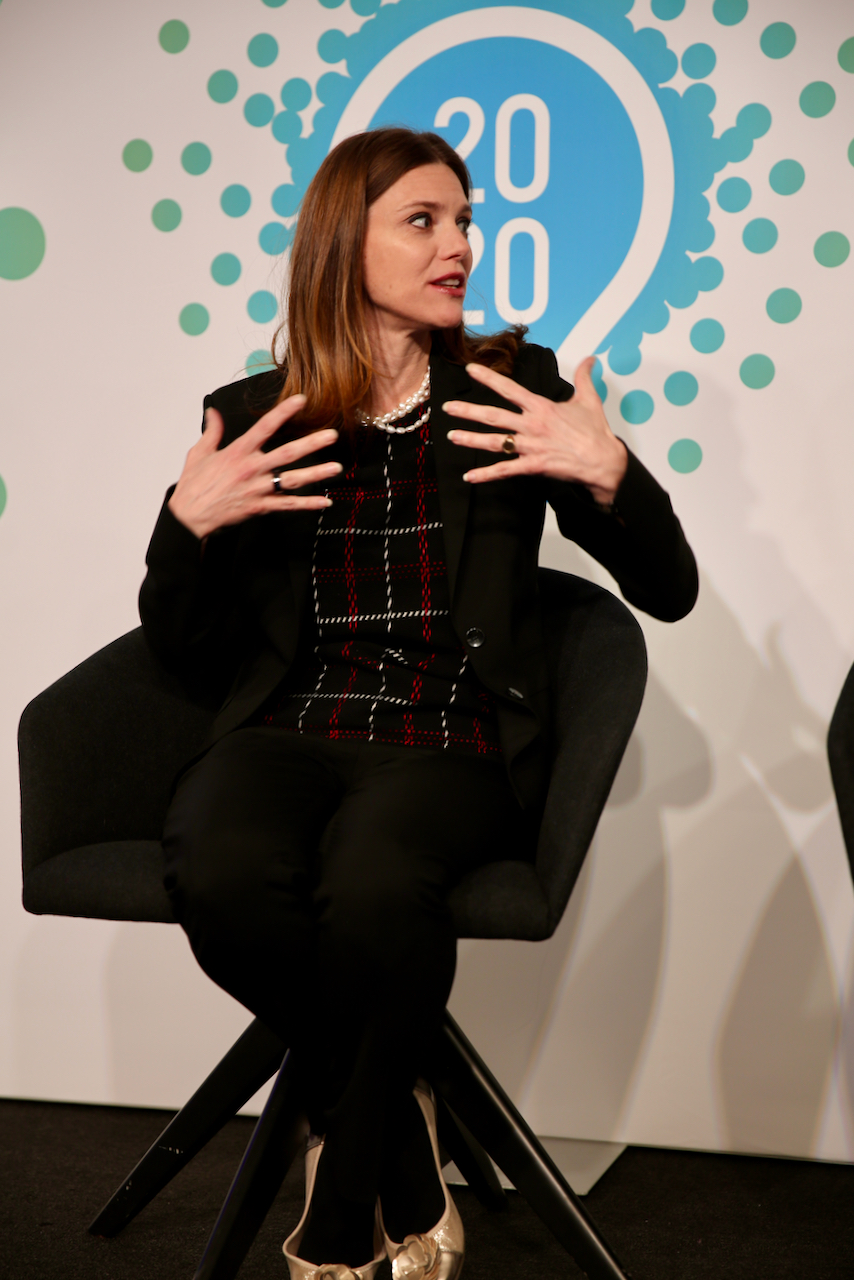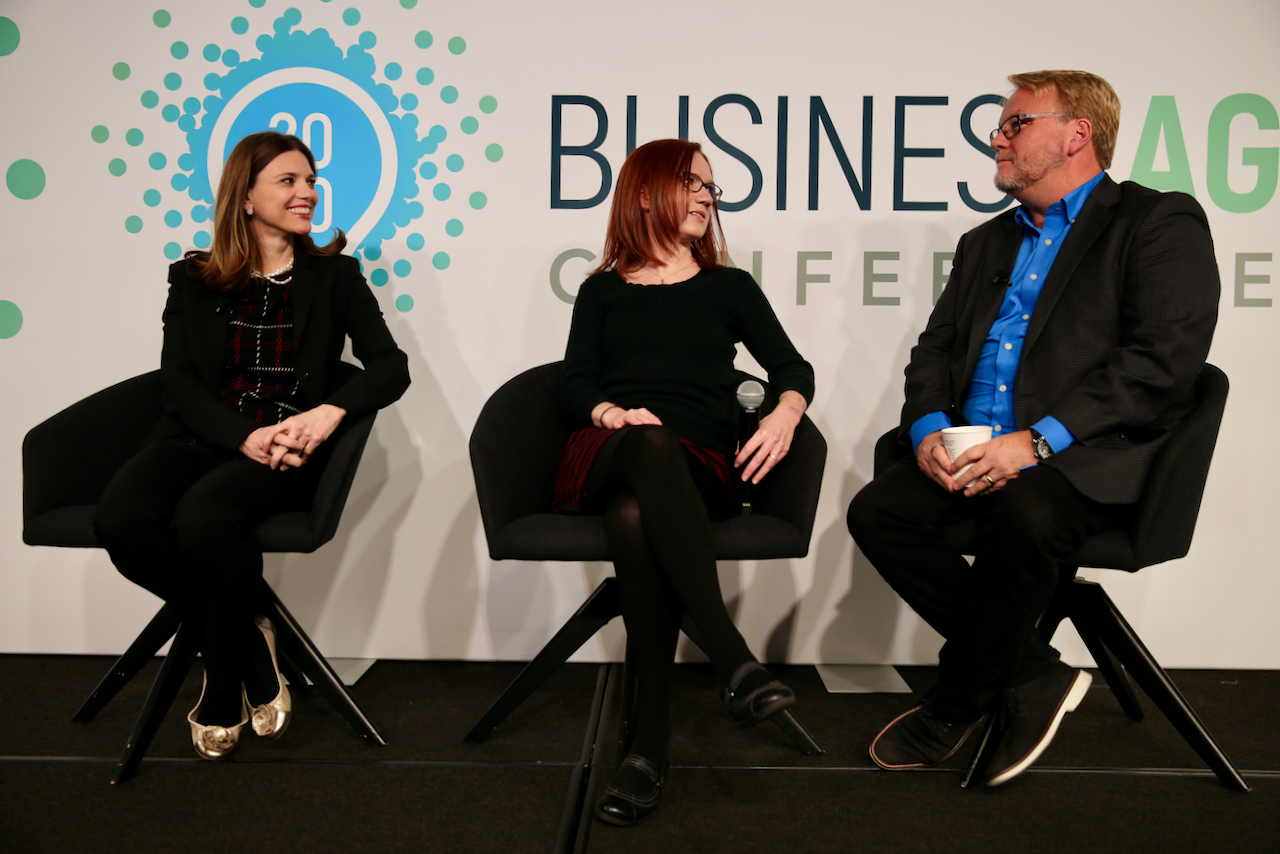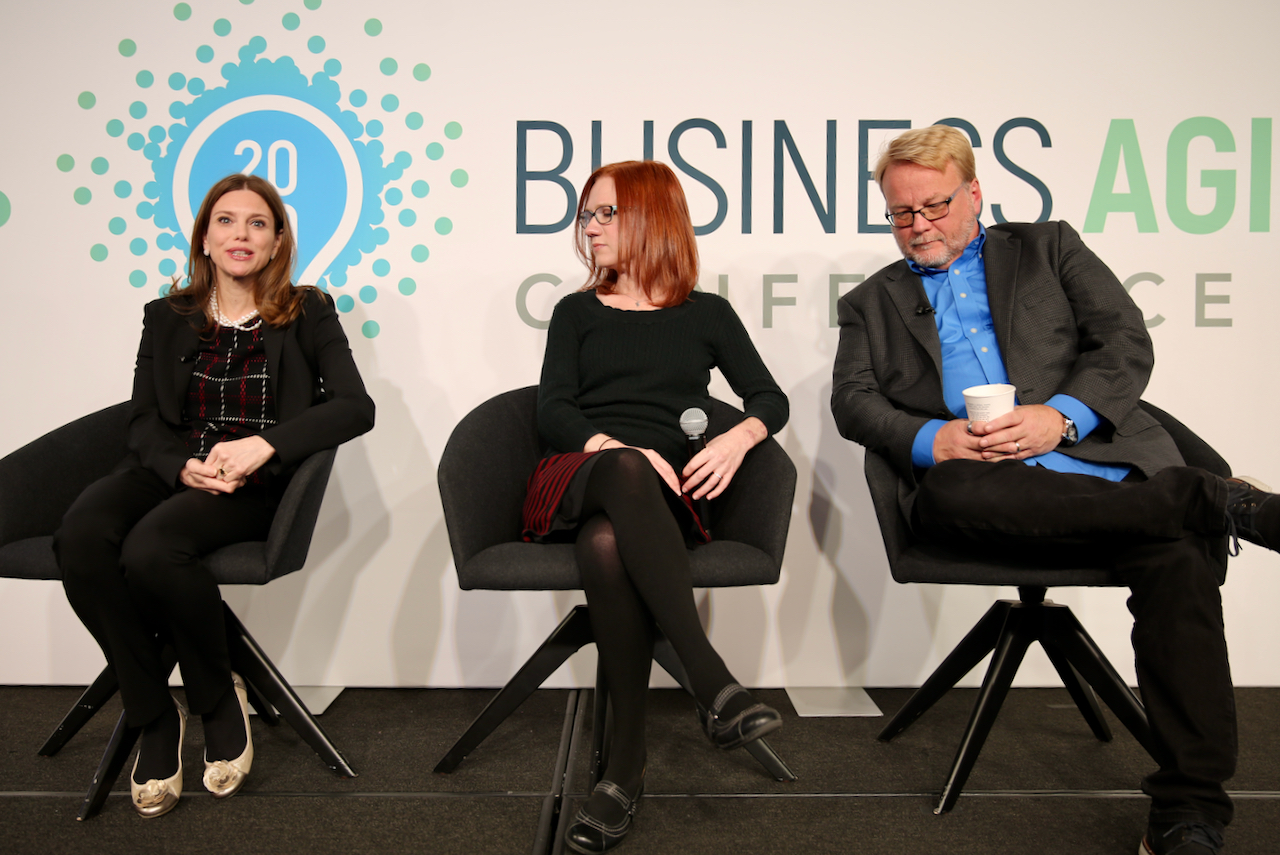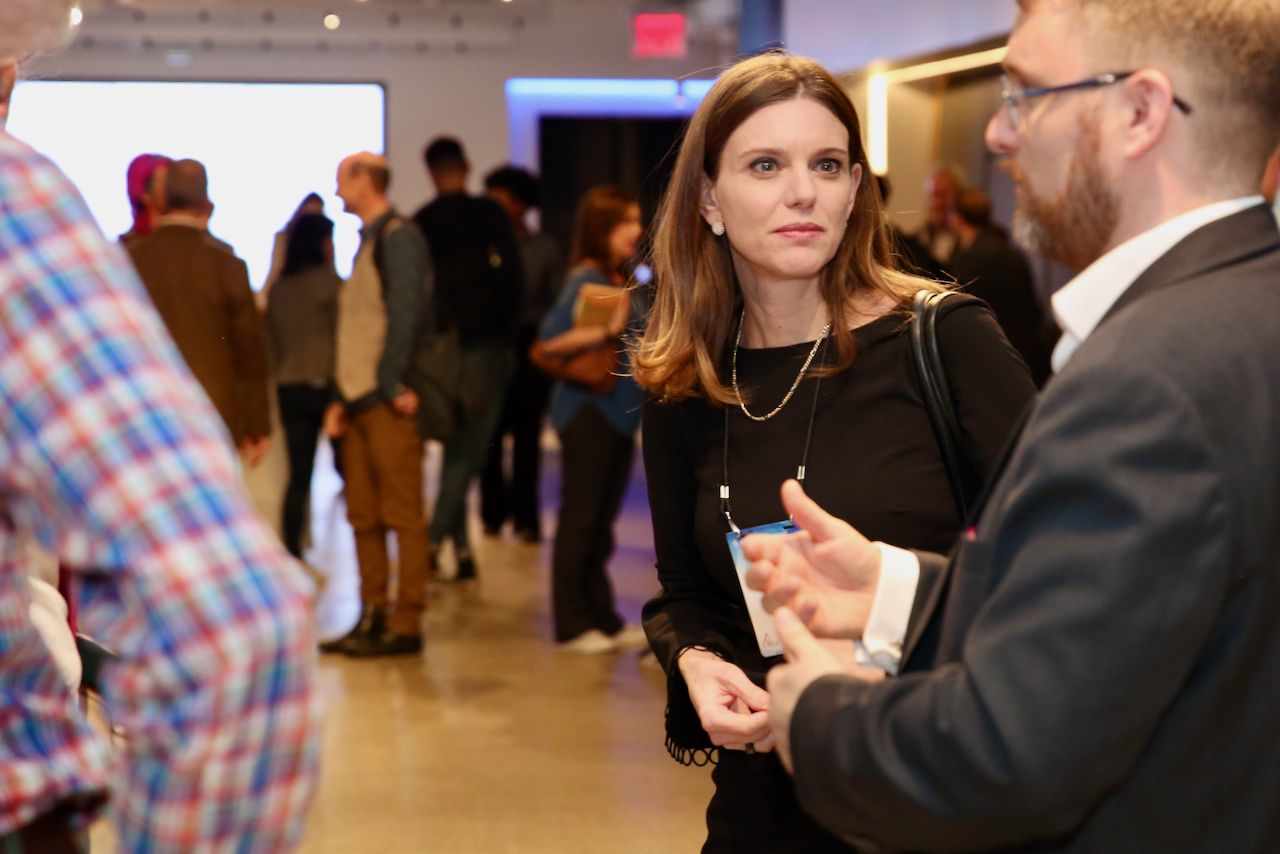Thank you so much for having me today. I’m also extending Marie’s regards and apologies—she had to deal with an emergency leadership meeting to figure out what to do with 46,000 people on their campus. She sends her regards, and I hope to represent her well today as we talk about the Wolf Pack’s way to HR agility. Woohoo!
About NC State
North Carolina State University was founded in 1887 and is a leading public research university, especially in veterinary medicine. However, they work across various disciplines, supporting 36,000 graduate and undergraduate students on a massive campus. The campus itself includes a golf course, a fish pond, and even a five-star JW Marriott hotel.
NC State is home to 34 university research centers and 12 institutes, with alumni ranging from Nobel Prize winners to politicians, academics, and athletes.
Why the Wolf Pack?
NC State competes in 23 intercollegiate varsity sports, including baseball, basketball, and football. In 1921, a disgruntled fan remarked that the football team played like “an unruly pack of wolves,” and the name stuck. Since then, they have proudly called themselves the Wolf Pack, competing in stadiums such as Carter-Finley Stadium, PNC Arena, Doak Field, and Reynolds Coliseum.
NC State’s HR Department
The HR department at NC State strives for excellence and sees itself as an enabler of the university’s mission. They support 10,000 academic and administrative staff in roles ranging from faculty positions to nuclear engineers, field operators, and gardeners. It is a dynamic and diverse organization, but one with a rigid job structure, which impacts the ability to introduce agile transformations.
Despite these challenges, NC State is deeply committed to diversity and inclusion and was named one of the top three best employers for diversity in North Carolina last year.
Meet Marie Williams
Marie Williams, the Associate Vice Chancellor and CHRO at NC State, is also the Chair of CUPA-HR, the leading HR organization for professionals in higher education. With 30,000 HR members across colleges and universities, she plays a key role in shaping HR practices in higher ed. She is also a fellow at the American Council on Education.
Originally from England, Marie embodies the type of leadership needed for agile transformation. Over the past day and a half, we’ve discussed the role of leadership in change, and Marie is a perfect example of walking the talk. She doesn’t just tell her team to become agile—she leads by example. She holds certifications as a Scrum Master, Agile Leader, Agile HR Practitioner, and Agile HR Coach. She believes that if she expects her people to learn it, she must learn it herself.
The Agile Journey at NC State
The motto of NC State is: "Think and do the extraordinary in the face of big challenges." This mindset has guided their HR transformation as well.
The HR department’s strategic plan focuses on:
- People and Culture: Creating an inclusive culture that thrives on diversity.
- Continuous Improvement: Not just rolling out new practices, but evolving them.
- Professional Development: Supporting learning and growth within HR.
- HR Metrics and Workforce Analytics: Moving from data collection to predictive analytics.
- HR Strategy and Operations: Aligning HR’s organizational structure with continuous improvement.
Top Priorities for HR Agility
Rather than simply saying, “We want to be agile,” the HR team identified their top priorities:
- Empowerment: Encouraging employees to take charge of their work and growth.
- Employee Engagement: Keeping engagement high, even for employees with 35+ years of service.
- Collaboration: Strengthening ties between HR’s 100 centralized staff and 200 HR business partners.
- Creativity and Cultural Change: Fostering a mindset shift beyond just process changes.
The Agile Transformation Process
NC State’s agile transformation began last year. The challenge? There were no existing agile capabilities within the organization. There were no agile coaches or Scrum Masters, and job structures made it difficult to hire them. The solution? Focus on mindset and culture.
Step 1: Leadership Alignment
The first step was getting the HR leadership team aligned. They spent two days in training, defining their journey backlog, and committing to leading by example.
Step 2: Agile Awareness
Over 80 employees completed online training, and 160 participants attended an annual HR conference dedicated to the agile mindset. The conference focused on aligning agility with NC State’s values and strategic goals.
Step 3: Kanban Implementation
Kanban boards were introduced in the centralized HR department. Teams had the autonomy to design their boards, and while not all teams embraced it, most did. The impact was immediate—tracking lead times and cycle times, particularly in recruiting, significantly improved efficiency.
Step 4: Experimenting with Agile Teams
Since traditional Scrum teams weren’t feasible, an interdisciplinary sprint week was introduced. HR staff from different colleges collaborated on an employee engagement and recognition program, applying agile principles while delivering value.
Step 5: Scaling Agile Practices
The HR team presented at a CUPA-HR event in front of 300 higher-ed HR leaders. They also introduced agile techniques in faculty hiring, identifying 200 touchpoints in the recruitment process and working to streamline it.
Step 6: Agile HR Training
Over 90 HR professionals completed training in agile HR, focusing both on HR’s internal agility and on modernizing HR practices such as recruiting and performance management.
Step 7: Paid Parental Leave Sprint
Another sprint focused on rolling out a paid parental leave policy, demonstrating how agile could be used to rapidly implement impactful HR policies.
Key Lessons Learned
- Engage leaders in transformation: Leaders must walk the talk.
- Be brave and experiment: Trust the process, even when presenting unfinished work to stakeholders.
- Train and inspire: Education is important, but excitement and shared stories drive real change.
What’s Next for NC State?
The journey is far from over. NC State plans to:
- Continue the momentum and deepen agile adoption.
- Launch a new HR concierge center using lean and agile principles.
- Expand agile practices within the HR Centers of Excellence.
- Introduce fully cross-functional agile teams.
- Continue leading HR agility in higher education.
With that, thank you so much! Go Pack!

